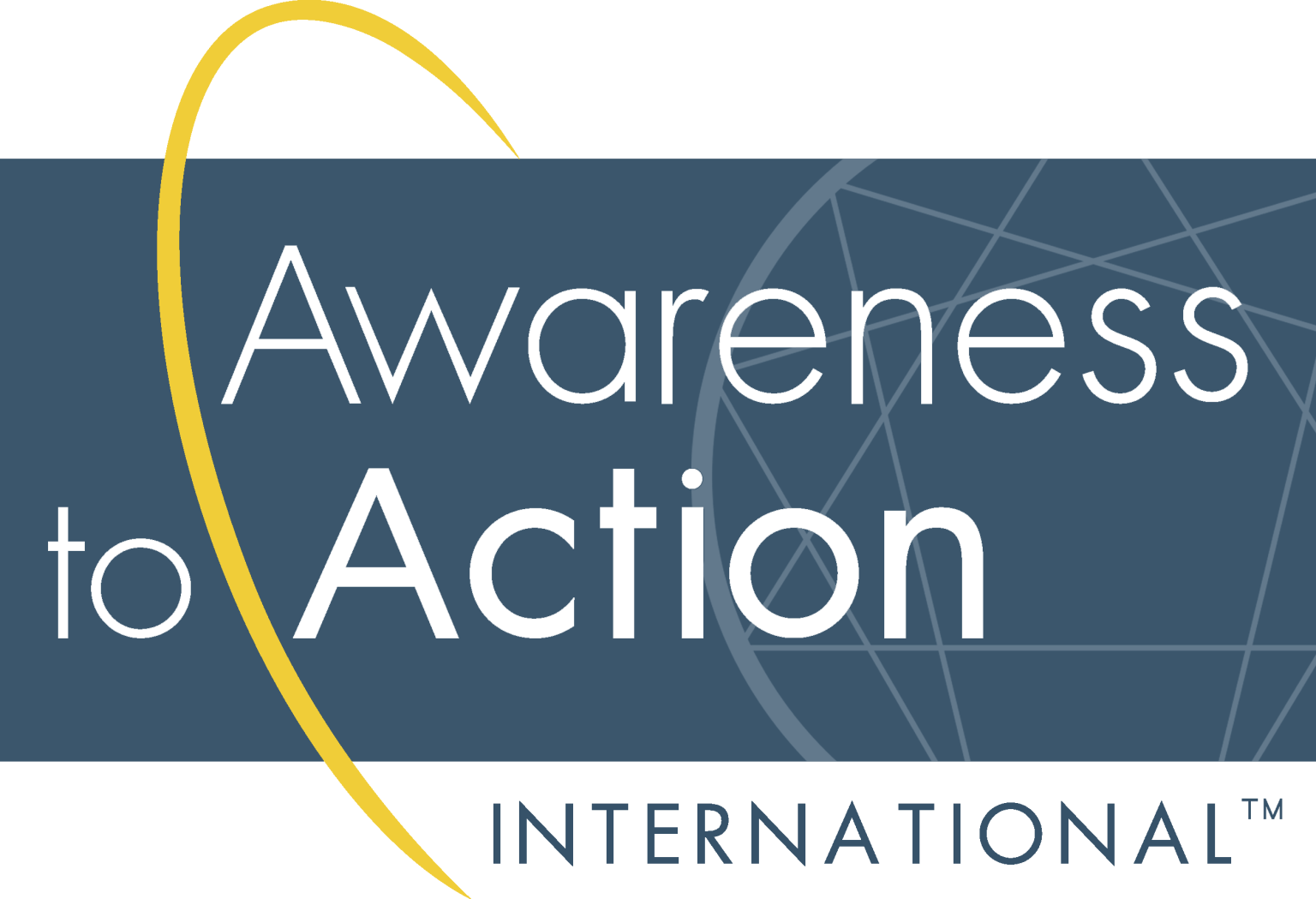During her keynote address at the International Enneagram Association conference in Long Beach last week, zen teacher Cheri Huber talked about simplicity and what she thought would be the eventual single biggest idea in self-growth–simply deciding who one wants to be and then being that person.
It’s not new advice, of course; two millennia ago Epictetus counseled “Think who you would be, then do what you must.” It’s important advice, however, and I think that it is particularly important for those who use the Enneagram.
The geometry of the symbol and the endless possible applications of the Enneagram are like a siren song to those drawn to complexity. Such open architecture makes it easy to keep looking for more and more facets of the diamond, to continue to seek patterns and groupings. Such tendencies were on display at the conference, and some presenters enraptured their audiences with new models and theories. There is value in exploration and extrapolation–that is how new insights and discoveries are made. There is often value in discussing ideas that many might see as arcane, if only because it keeps our intellect sharp, satisfies a curious mind, and deepens our background knowledge of a topic.
But a comment from one attendee made me reflect on this issue. Coming out of a session where the presenter spun out a series of patterns and theories, she said, “That session just blew my mind open.”
“Really,” I replied, “Can you explain it to me.” Not having attended the session, I was curious.
“Well, I really can’t. It was pretty complicated.”
“Oh. Well, how would you use the ideas?” I asked.
“Well, it’s not the kind of thing you use; it’s more like a thing you know.”
I don’t retell this to make light of the attendee’s experience, as I think this is a valid response and somethings are worth knowing independent of utility. As a long-time student of the Enneagram I am familiar with the many different “Enneagrams” and find them fascinating. I frequently reach into my back pocket when one or another adds an insight that is relevant to the situation I face or will help a client. Even when I work in businesses there are times when I will even talk about, say, the Enneagram of vices because it is the best way to make a point that needs to be made.
But I think it is important that we draw the distinction between creating models as a way to peel back layers of the onion and creating models that results in adding layers to the onion. Sometimes more is just more, and making things more complex can actually help us avoid doing the work rather than enabling us to do the work.
Sunryu Suzuki used to tell his zen students, “If you want to be enlightened, sit straight and breathe.” The path to enlightenment, according to zen adepts, is simple. But it is not easy; it requires years of hard work. And it takes time. The zen prescription is: sit straight and breathe and after 20 years of hard work you will suddenly become enlightened. This it does not mean that there is not a lot to say about the path–Cheri Huber has authored over 20 books and I’m sure we’ll see more from her. There is much to say even about even the simplest of topics.
But there is a reason why scientists and philosophers seek the elegance of simplicity. Einstein famously said that a theory “should be as simple as possible, but no simpler.” Oliver Wendell Holmes said, “I would not give a fig for the simplicity this side of complexity, but I would give my life for the simplicity on the other side of complexity.” This is not a call for simplicity for its own sake, or for “dumbing it down” for the masses. It is a reminder (to myself as much as anyone) that we have to be careful that we don’t get lost in the complexity, that we must seek the simplicity on the other side. It is a reminder that there is value in keeping it simple and simply doing the work.
Despite it’s vulnerability to complexification, the Enneagram can be a tool to help us cut through the complexity of our wandering and avoiding minds and focus directly on the heart of the issue. In this way it is like the dorje symbol from Tibetan Buddhism–the lightning bolt of discernment that cuts through illusion. As in zen, which advocates that one keep returning to the breath, the Enneagram can help remind us to keep returning to our central, key issue. For me, that key issue is our preferred strategy and the ways we over- or maladaptively use it. As an Eight, I need to keep returning to focusing on the ways I mess up my life by striving to be powerful. I have to continually redefine what this strategy means in ways that are adaptive to my current circumstances, rather than being trapped in old definitions of power, shaped by what Cheri would call “egocentric karmic conditioning.” As I redefine this strategy, I have to decide who it is I want to be, and I have to do the work of being that person.
It’s simple; but it ain’t easy.






